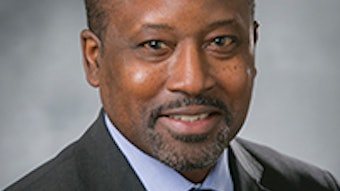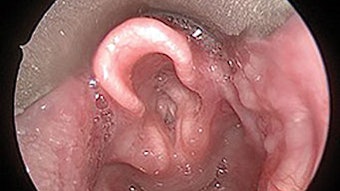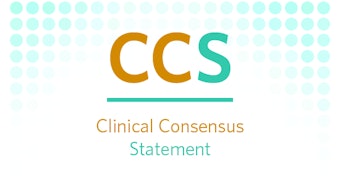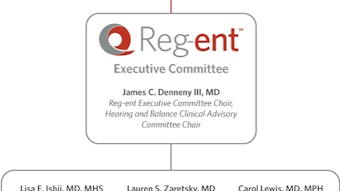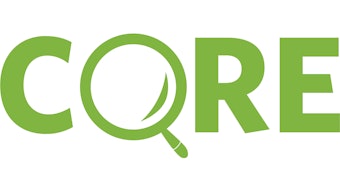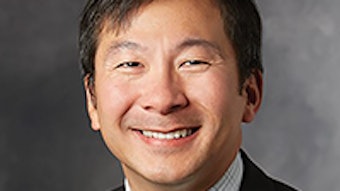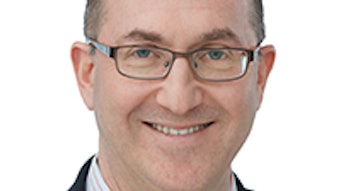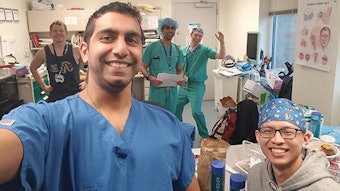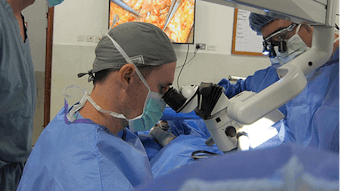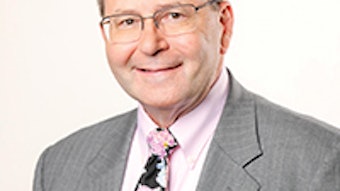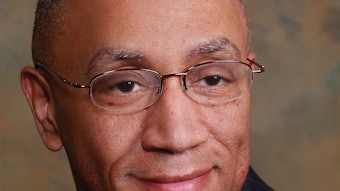Financial Wellness
Physician wellness has taken the stage as a national issue, and rightly so. A recent Medscape survey revealed a 36% burnout rate among otolaryngologists. In response to similarly alarming numbers across medical disciplines, specialty societies have responded with wellness initiatives, the largest push nationally coming from the National Academy of Medicine (NAM) action collaborative on clinician wellness and resilience.
Andrew J. Tompkins, MD, MBA Member of the AAO-HNS Physician Wellness Task Force
Physician wellness has taken the stage as a national issue, and rightly so. A recent Medscape survey revealed a 36% burnout rate among otolaryngologists.1 In response to similarly alarming numbers across medical disciplines, specialty societies have responded with wellness initiatives, the largest push nationally coming from the National Academy of Medicine (NAM) action collaborative on clinician wellness and resilience.2 NAM identifies multiple external and internal factors contributing to wellness, or lack thereof. One of the personal factors identified is financial stress, something that contributes to burnout in one-third of otolaryngologists and is cited as the second most common reason for contributing to physician depression.1,3
Financial stress comes in various forms and is inseparable from other burnout considerations. Electronic health records and government regulation, aside from detracting from the enjoyment of work, impact efficiency and reimbursement. The fixed costs of running a practice are on the rise. Consequently, reduced efficiency and reimbursement comes on the margin, affecting the physician directly. Compounding this issue is that physicians have been turned into de facto debt collectors, increasingly having to chase their income due to the trend toward high deductible health plans. To make up for this financial squeeze some may work longer hours, pulling them away from home. Otolaryngologists appear to have jumped on this treadmill, with a significant number reporting decreased satisfaction that work leads to adequate time for personal/family time.4
Why do we get on this treadmill? Financially speaking, physicians start their careers in a precarious position. In 2019 75% of medical school graduates left with a median education debt of $200,000.5 While our fellow college graduates enter the workforce immediately, otolaryngologists embark on an educational journey of nine-plus years where meaningful saving is difficult and debts accumulate. In many cases debt continues to grow during training, causing graduates to enter the workforce significantly underwater, sometimes pursuing less-fitting jobs specifically because of attendant loan forgiveness opportunities. And having put off spending for years, we often come into significant incomes and allow lifestyle creep to diminish our after-tax ability to save. Higher marginal tax rates then require significantly more effort to retain that which we previously saved.
Due to the duration, focus, and rigor of study on the path to become a physician, little time is left to develop know-how of personal finance. This lack of information makes that indebted graduate prone to financial advisor predation, poor oversight, and lack of clear direction. Our debt-laden starting positions and medical market financial pressures leave one path out—get on the treadmill. The fee-for-service model leaves us with only a few levers to pull—increase the speed or enhance productivity. For those who have throughput as the only lever, increased volume may come at the detriment of physician quality of life and, perhaps, patient care.
Our national organizations are working to address some of the external pressures that motivate us to get on this treadmill. But what can we do on a personal level to help prevent or alleviate these financial stressors? First, build a solid foundation on which to stand. For any individual that foundation is focused on protecting streams of future cash flows generated from their work and protecting them from immediate, large cash needs. Next, lay out a financial plan that incorporates optimal debt management, investment strategies, and budgeting that allows you to reach specific financial goals within designated time periods.
SARS-CoV-2 has brought one foundational aspect of financial wellness into the light both on a practice and personal level—immediate access to capital with sudden, large, cashflow needs. Those practices with better working capital and access to lines of credit found themselves better able to weather the storm. The personal equivalent is an emergency fund, typically advised to total three to six months of spending and to be placed in a highly liquid and low-risk vehicle.6 Imagine how different America would have looked during the coronavirus crisis from an economic and policy perspective if Americans employed this practice more broadly.
Just as businesses look to business interruption insurance to protect against loss of future cash flows, so should individuals through disability and life insurance policies. These policies vary markedly, and physicians need to be very cautious about being sold policies that do not fit their needs. I have personally found trustworthy and vetted brokers on The White Coat Investor.7 Auto, home, and umbrella insurance policies help to round out a solid foundation to protect against sporadic cash shocks. Once this foundation is laid, construct a sound financial plan.
Your financial plan should incorporate debt management, financial goals, and involve constructing a budget to ensure adequate saving to meet these goals and protect against lifestyle inflation. This plan should be highly specific to your situation, risk comfort, and have focus on specific and realistic financial goals. Our knowledge deficit can lead to decision paralysis and reliance on financial planners who take percentages of assets under management (AUM) as their fees. To make matters worse, these planners often invest your money in more costly, actively-managed mutual funds, which have been proven to provide lower returns than diversified index funds over time.8 By the time we enter the workforce, we have already sacrificed nearly 10 years of opportunity cost with our educational investment and typically start off with a profoundly negative net worth. We do not have time to waste without a plan and should not be spending our hard-earned money on unnecessary fees that compromise our financial well-being.
If you do not have comfort with creating a financial plan, which many of us do not, draft a plan with a fee-based financial planner who will charge a fixed fee for developing a plan with you and can charge fixed fees on an as-needed basis.
The importance of low-cost, diversified, index fund investing and moving away from AUM and active management charges can’t be overstated. The difference between actively managed funds with AUM fees versus index funds and fee-based planning advice can easily be measured in hundreds of thousands in current dollars. More importantly, the difference can be measured in years of waiting to attain your financial goals and in the pressure one might feel to get on and stay on the throughput treadmill.
Financial wellness plays a significant role in overall wellness and is inextricably linked to many wellness factors identified by NAM. While we can’t disentangle finances from these factors, those other factors are more complicated and difficult to address. Luckily, we can make relatively simple moves in the financial arena to put us on relative autopilot in order to protect our financial and overall well-being.
References:
- Kane L. Medscape otolaryngologist lifestyle, happiness & burnout report 2019. Medscape. February 20, 2019. Accessed May 03, 2020. https://www.medscape.com/slideshow/2019-lifestyle-otolaryngologist-6011154#4
- National Academy of Medicine Action Collaborative on Clinician Well-Being and Resilience. National Academy of Medicine. Accessed May 03, 2020. https://nam.edu/initiatives/clinician-resilience-and-well-being/
- Peckham C. Medscape national physician burnout & depression report 2018. Medscape. January 17, 2018. Accessed May 03, 2020. https://www.medscape.com/slideshow/2018-lifestyle-burnout-depression-6009235#8
- Shanafelt TD, Hasan O, Dyrbye LN, et al. Changes in burnout and satisfaction with work-life balance in physicians and the general US working population between 2011 and 2014. Mayo Clin Proc. 2015;90(12):1600-1613.
- Medical School Graduation Questionnaire: 2019 All Schools Summary Report. Association of American Medical Colleges. https://www.aamc.org/system/files/2019-08/2019-gq-all-schools-summary-report.pdf. Accessed May 03, 2020.
- Emergency Fund. Bogleheads. June 23, 2019. Accessed May 03, 2020.https://www.bogleheads.org/wiki/Emergency_fund
- The White Coat Investor. Accessed May 03, 2020.https://www.whitecoatinvestor.com/
- Index funds vs. actively managed funds. Vanguard. Accessed May 03, 2020.https://investor.vanguard.com/index-funds/index-vs-active

